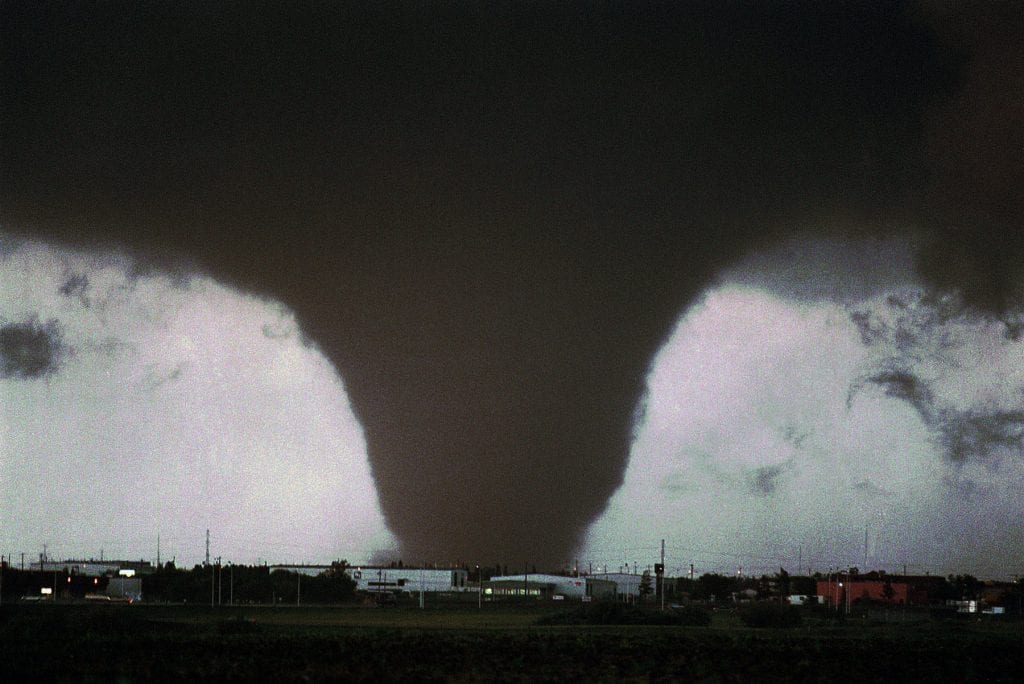In art there really are no rules.
The “rule of thirds,” or “guide of thirds,” which I prefer, says to divide your frame in three sections, horizontally and vertically. Then, place your main subjects or elements at or near the intersections of the lines.
One explanation I have heard as to why the “guide” of thirds might be pleasing to us is that it mirrors the composition of the human face—eyes being in the top third, mouth on the bottom third. And it’s not just about shapes, lines, tones, and color. The content of your image might be most important, which is why imperfect composition with strong content—like a blurry but compelling news picture—can trump the orderly arrangement of a strong composition with weak content.

THE IMPORTANCE OF THE HORIZON
Placement of the horizon line is also important and should be a factor when you’re composing the image. The rule of thirds applies here, too; placing the horizon anywhere except in the middle of the shot (splitting the image in half) is often encouraged—though cutting the image in two with the horizon line can work as well.
Some photographers are particular about keeping horizon lines level, whereas others like the imbalance and disorienting feeling of a crooked horizon that can be used for effect with the right subject. Still others tilt the camera to squeeze more into the frame, out of necessity. Everything is subject/image dependent so it’s good to experiment to figure out which subjects are good candidates for playing with the horizon line within the frame.
Be aware of how your subject placement and power of the composition is affected by the angle from which you shoot. I learned early on that by getting down lower I can often raise my subjects above the horizon line for dramatically improved results. This up-and-down movement should be an integral part of your compositional dance. I often start down low because much of the time that lower angle works out best.
“Photographs are built by the decision a photographer makes. Make your first decision about the back layer, it’s the layer most often overlooked and it’s the layer that takes down your photograph no matter how good your subject is. The power of the horizon line to make or break a photograph is in my estimation complete. The single most important thing in a complex composition is the relationship of the subject to the dominating horizon line.”
Sam Abell














Well! The moment you know the rules you are allowed to break them 🙂